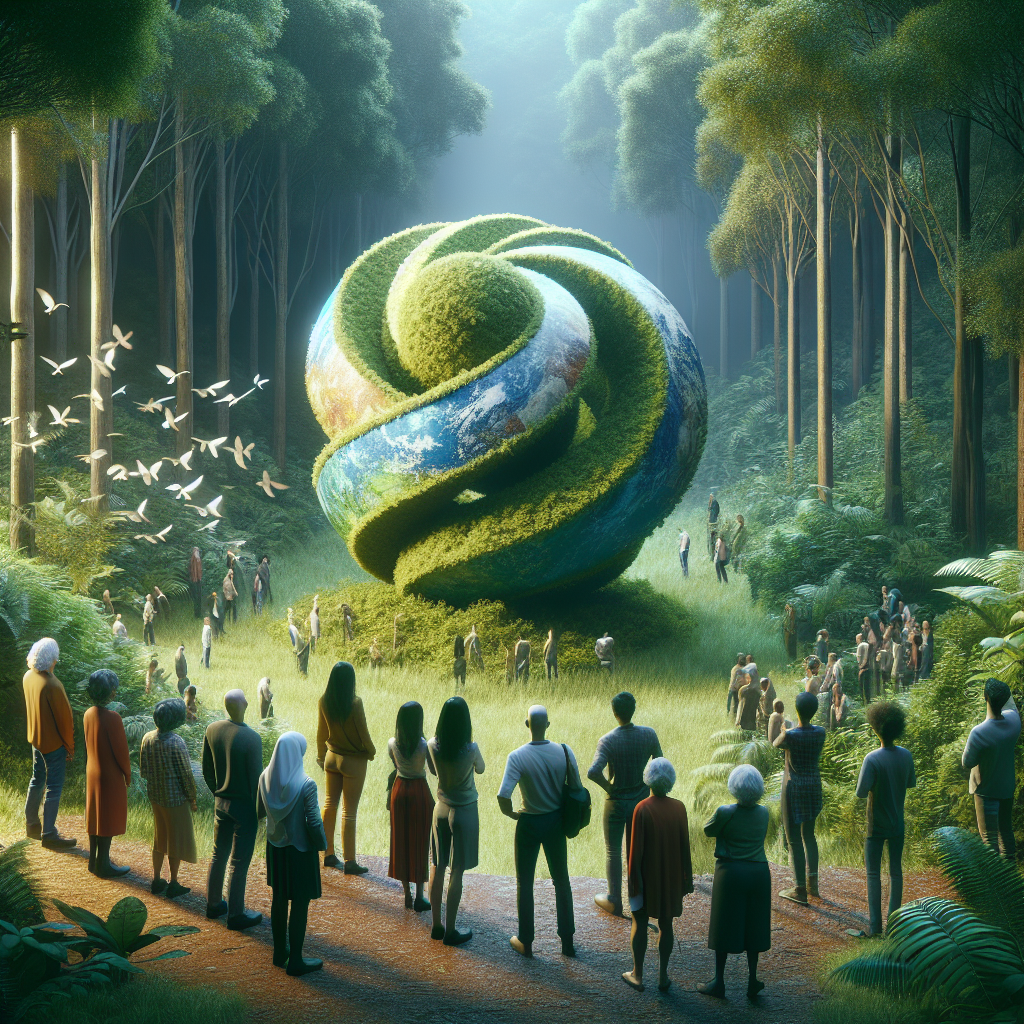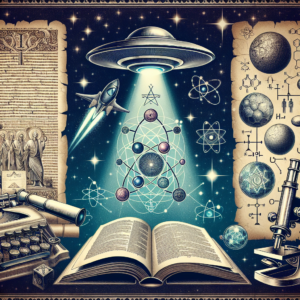Scripture Reflection
"The earth is the Lord’s, and everything in it, the world, and all who live in it." — Psalm 24:1 (NIV)
Introduction
Nature is an exquisite canvas painted by the Creator Himself. From vibrant sunsets that ignite the sky to the intricate designs of a single leaf, the beauty of our environment is a constant reminder of God’s artistry. However, as we marvel at this creation, we must also confront the urgent need to care for it. Environmental art emerges as a beautiful intersection of creativity and ecological activism, offering transformative power to inspire awareness and action in the fight for our planet.
Understanding Environmental Art
Environmental art is not merely a genre of art; it is a movement that seeks to highlight the relationship between art, nature, and society. Artists utilize natural resources and landscapes to convey messages that spark conversation about ecological issues. This form of art engages the viewer and presents a sensory experience that can change perceptions and inspire action.
For example, installations made from reclaimed materials illustrate the concept of recycling and the importance of sustainability. Nature itself becomes a part of the art, reinforcing the idea that we are stewards of God’s creation. Through these creative expressions, individuals are invited to consider their role in protecting and nurturing the environment, igniting not just appreciation but also responsibility.
God’s Positive Fingerprints
When pondering environmental art, we cannot overlook the biblical connection of care for creation. God’s intent is made clear in Genesis 2:15, where He commissioned humanity to "till and keep" the earth. This stewardship is echoed in the works of artists who aim to reflect God’s love for the natural world and the urgent need for care.
Art in nature reminds us of God’s fingerprints—visible in a towering mountain, the delicate balance of an ecosystem, and the vibrant colors of a blossoming garden. As we engage with these artworks and their messages, we see not just the beauty of creation but also the underlying call to stewardship inherent in our faith.
The Transformative Power of Action
As we immerse ourselves in environmental art, we can draw inspiration from its ability to stir emotions and provoke thought. These works often serve as a mirror, reflecting the consequences of neglect and exploitation of our planet. They can motivate us to take action, both in our personal lives and within our communities.
Practical Steps to Take Action
-
Create Your Own Environmental Art: Use materials around your home and local environment to craft an artwork that speaks to ecological issues. Whether it’s a sculpture from recycled goods or a painting inspired by a local landscape, engage with your space creatively.
-
Join or Support Local Environmental Initiatives: Collaborate with local organizations focused on conservation. This could be beach clean-ups, community gardens, or awareness campaigns. Participate personally or promote these efforts through your social media or community networks.
-
Educate and Advocate: Use your voice to speak about the importance of caring for our planet. Share insights from your creative process or findings about environmental challenges in your circles. Host an art night to initiate discussions around ecology, utilizing your own creations as conversation starters.
-
Reflect and Meditate: Spend time in nature, reflecting on God’s creation and your unique role in caring for it. Consider writing a journal or creating a prayer that expresses your commitment to stewardship of the earth.
Conclusion
As we witness the pioneering spirit of environmental artists, let us remind ourselves that we too can be a part of God’s creative tapestry. Through our ability to engage, create, and inspire, we can nurture a deeper love for the earth—a love that transforms into action. Each brushstroke and every installation of environmental art calls us to witness, appreciate, and protect the world we inhabit.
May we cherish this divine creation and commit to nurturing it, echoing God’s love through our actions and inspiring others in the journey toward ecological stewardship. Together, let us paint our own chapter on Nature’s Canvas—one that reflects hope, care, and responsibility for generations to come.
"For we are God’s handiwork, created in Christ Jesus to do good works, which God prepared in advance for us to do." — Ephesians 2:10 (NIV)
Explore and dig up answers yourself with our BGodInspired Bible Tools! Be careful – each interaction is like a new treasure hunt… you can get lost for hours 🙂


